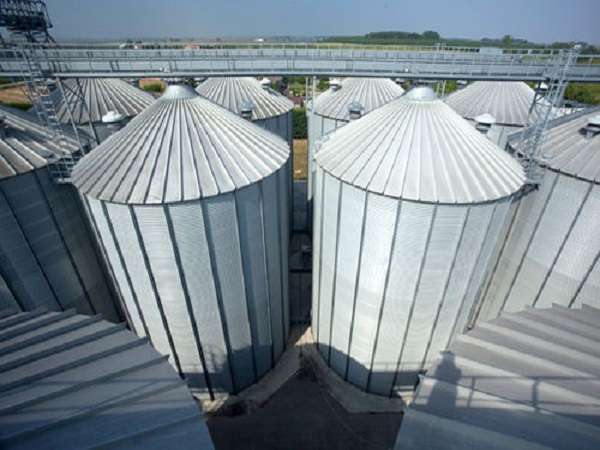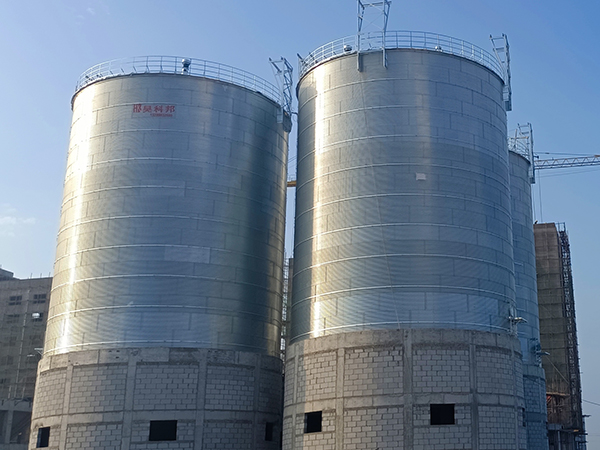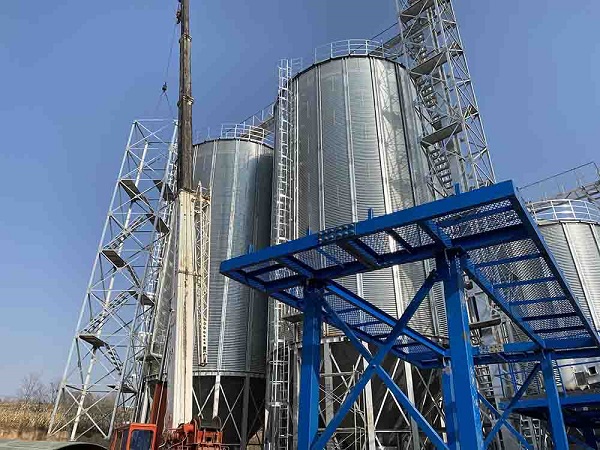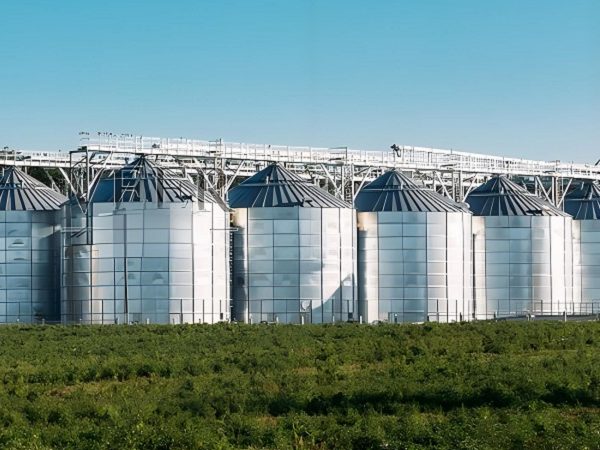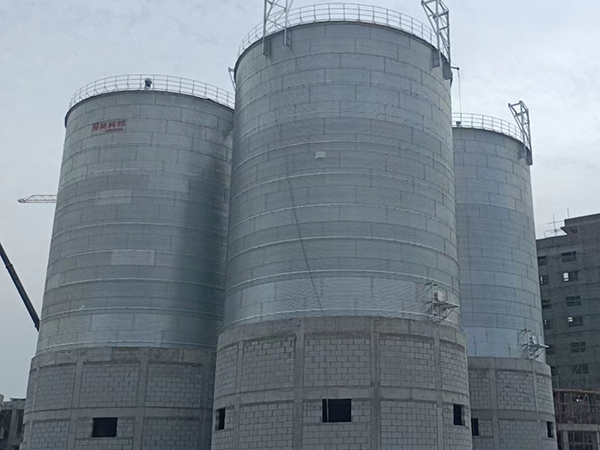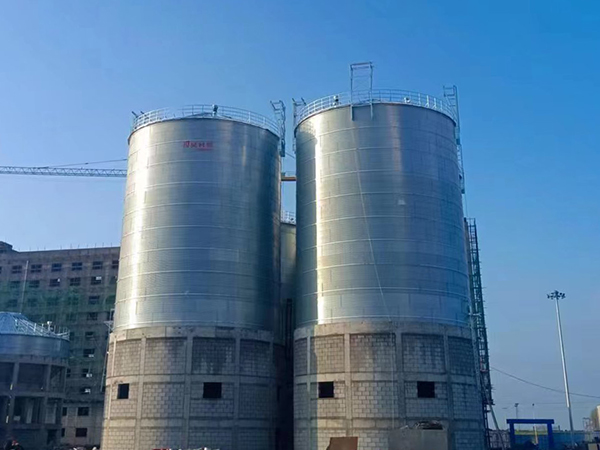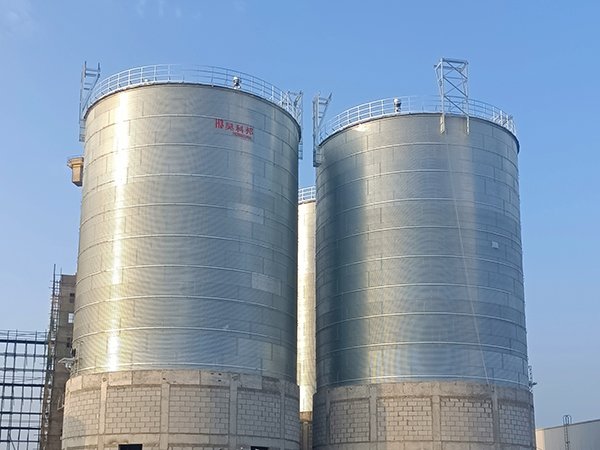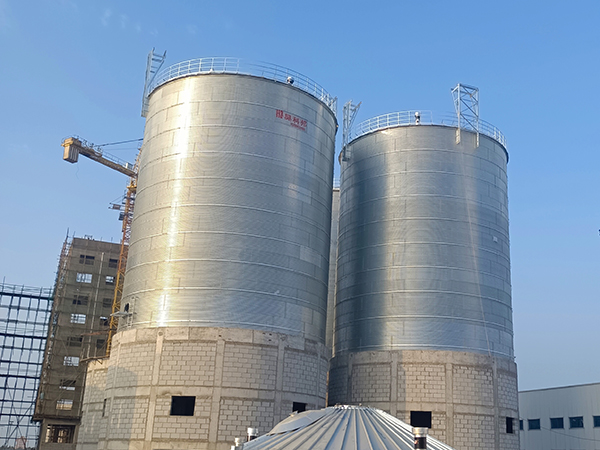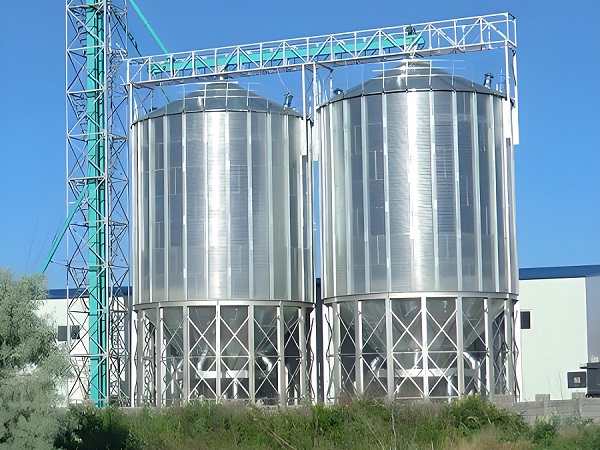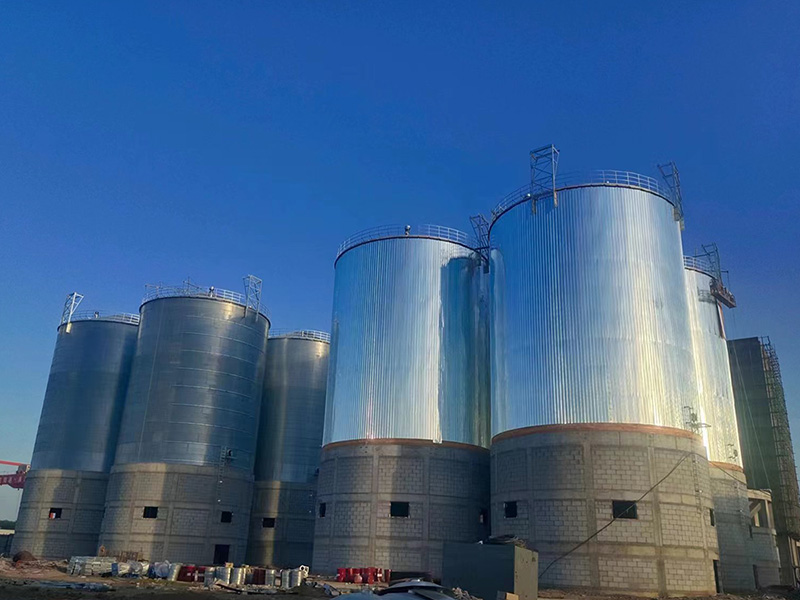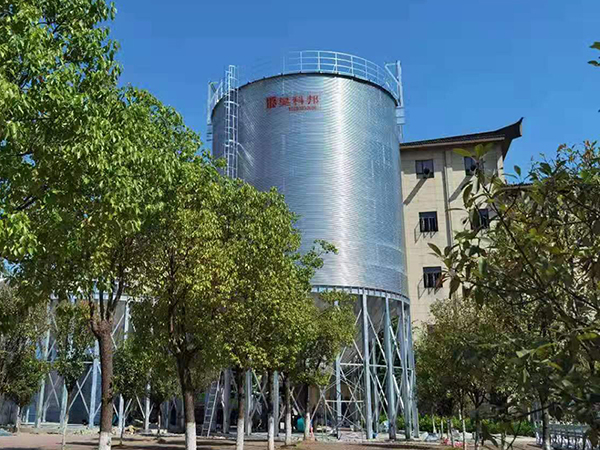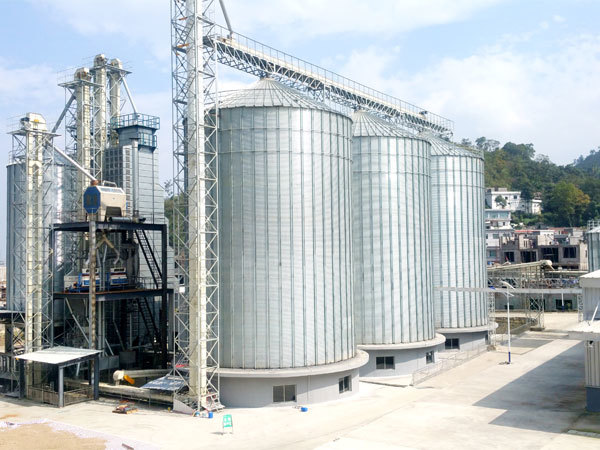News
Wheat mill supplier are pivotal in the food industry, focusing on market demand, segmentation, and brand building. They enhance competitiveness through technological innovation and automated control systems, while market expansion strategies include diversifying sales channels, online platforms, and embracing environmental sustainability to meet growing consumer and market needs.
In the global grain supply chain, choosing a scientific and reasonable storage method is crucial for ensuring grain quality, reducing loss, and improving storage efficiency. As an advanced grain storage facility, rice silo have become indispensable in modern agriculture due to their unique design and modern management systems.
Bean silos, integral to modern agriculture and food processing, are marked by innovative material design, automated control systems, and intelligent monitoring for efficient storage. Their applications span across agriculture and food industry, with a growing focus on environmental sustainability and technological innovation for future market expansion.
As global attention to food security and efficient agricultural management increases, soybeans, as an important economic crop, require more attention in their storage and management methods. Among various storage solutions, soybean silo have become an indispensable part of modern agriculture due to their unique advantages.
Hopper silos, vital for efficient storage in agriculture and food processing, face a growing market demand and competitive landscape. Strategic procurement involves clarifying needs, budgeting, and comparing suppliers, while industry development is driven by technological innovation and market expansion, focusing on new materials and global reach.
Tower silo factories are pivotal in grain storage, enhancing production efficiency through automation and innovation. They bolster market competitiveness with cost control, brand building, and are poised for future growth by embracing environmental sustainability and digital intelligence to meet evolving market demands.
A flour storage silo is a device used for large-scale flour storage, commonly found in food processing plants, flour mills, and milling companies. Silos can effectively extend the storage time of flour, maintain quality stability, and reduce contamination and loss.
Small silos are gaining popularity in the grain storage and logistics industry for their flexibility and economy, with prices influenced by material costs, manufacturing processes, and market competition. Market analysis indicates growing demand in both agricultural and industrial sectors, driven by technological advancements, new material applications, and the need for intelligent management systems.
Peanuts, as a significant economic crop, are widely used in various industries such as food, pharmaceuticals, and chemicals. Since there is often a time gap between peanut harvesting and sales, proper storage becomes a crucial link in the peanut production chain.



